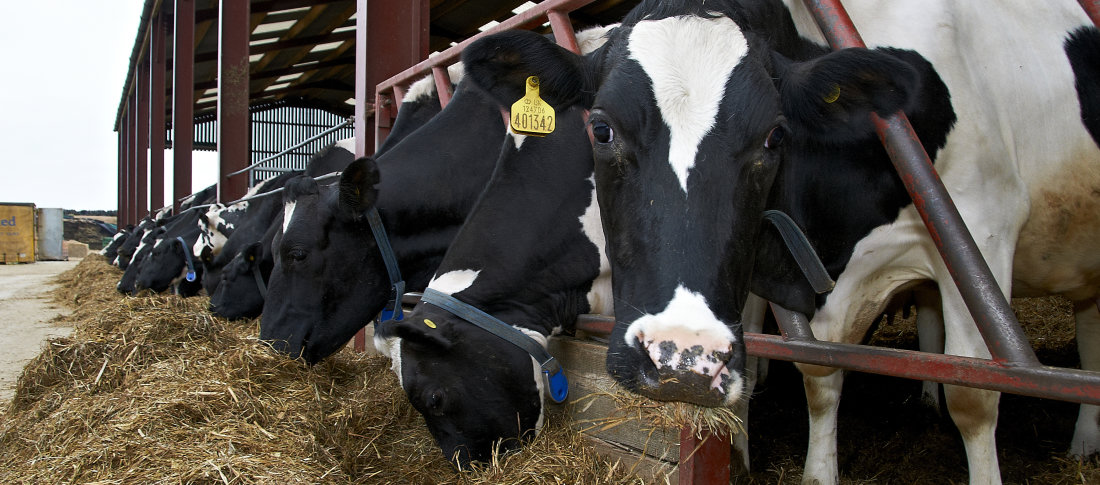Super greens: why silage is great for dairy cows (and dairy farmers)
18 March 2022
Silage has a long history and remains a crucial food source for dairy cattle to this day. But, what actually makes silage so good for dairy cattle?
 It’s nutritious (and delicious)
It’s nutritious (and delicious)
Good old fermentation. It’s the process that converts grass sugars to acids. These acids preserve the nutritional value of your silage by preventing spoilage micro-organisms from utilizing the nutrients. When you get the ensilage process right, you are left with a product that cows find tasty and has minimal nutritional losses in comparison to the original pasture.
Of course, dairy cows require lots of energy to preserve body condition and maximise milk yields. High quality silage is an abundant source of energy, protein and fibre that aids rumen health. Not bad for a bunch of old grass, is it?
Silage trumps hay any day
In comparison to hay, silage preserves more nutrients from the original pasture. To put it another way, nutritional losses are smaller when you convert pasture to silage as opposed to hay. Weather plays an important role in the production of nutritionally rich hay, which isn’t ideal in a country as meteorologically temperamental as the UK.
What makes silage good for dairy farmers?
So we’ve established that silage is good for your dairy cows. And what’s good for your bovine is good for your bottom line too. Here’s why.
1. It’s a cost-effective source of food: Margins can be tight in dairy farming. You will already be used to monitoring closely your costs of production. As a home-grown food source, silage is a cost-effective and sustainable way to provide your herd with many of the nutrients and calories they need to stay healthy and productive.
2. Silage prevents precious pasture going to waste: There’s a lot to love about springtime. Nature bursts into life and your pastures may grow faster than your herd can make use of them. Collecting the excess pasture for silage is a great way to preserve nutrients for autumn and winter when pastures are less productive and the weather outside is too grisly for cowkind to contemplate.
3. Silage is spatially economic: It takes way less space to store silage than it does to store loose hay. In fact if you were to store equal amounts of dry matter you would need three times more space for loose hay than you need for grass silage. Even once it’s baled hay takes up more room than grass silage. That’s incredibly useful if space on your farm is at a premium.
How much net energy is in silage?
Feeding dairy cattle is a precise science. While the aims are simple (maintain body condition score and optimise milk yields), getting it right can be incredibly difficult in practice. That’s why it’s so important to carefully scrutinise the diets and nutritional intake of your herd.
Net energy is a measure of how much energy from food intake an animal uses for productive purposes. This measure is also known as metabolisable energy.
The net energy of silage is highly variable. The nutritional content depends on the quality of the original pasture as well as the quality of the fermentation process and storage. However research shows that in dry matter grass silage provides 9-12 MJ/kg. That’s broadly comparable to common cereals like wheat and maize as well as sugarbeet pulp and molasses.